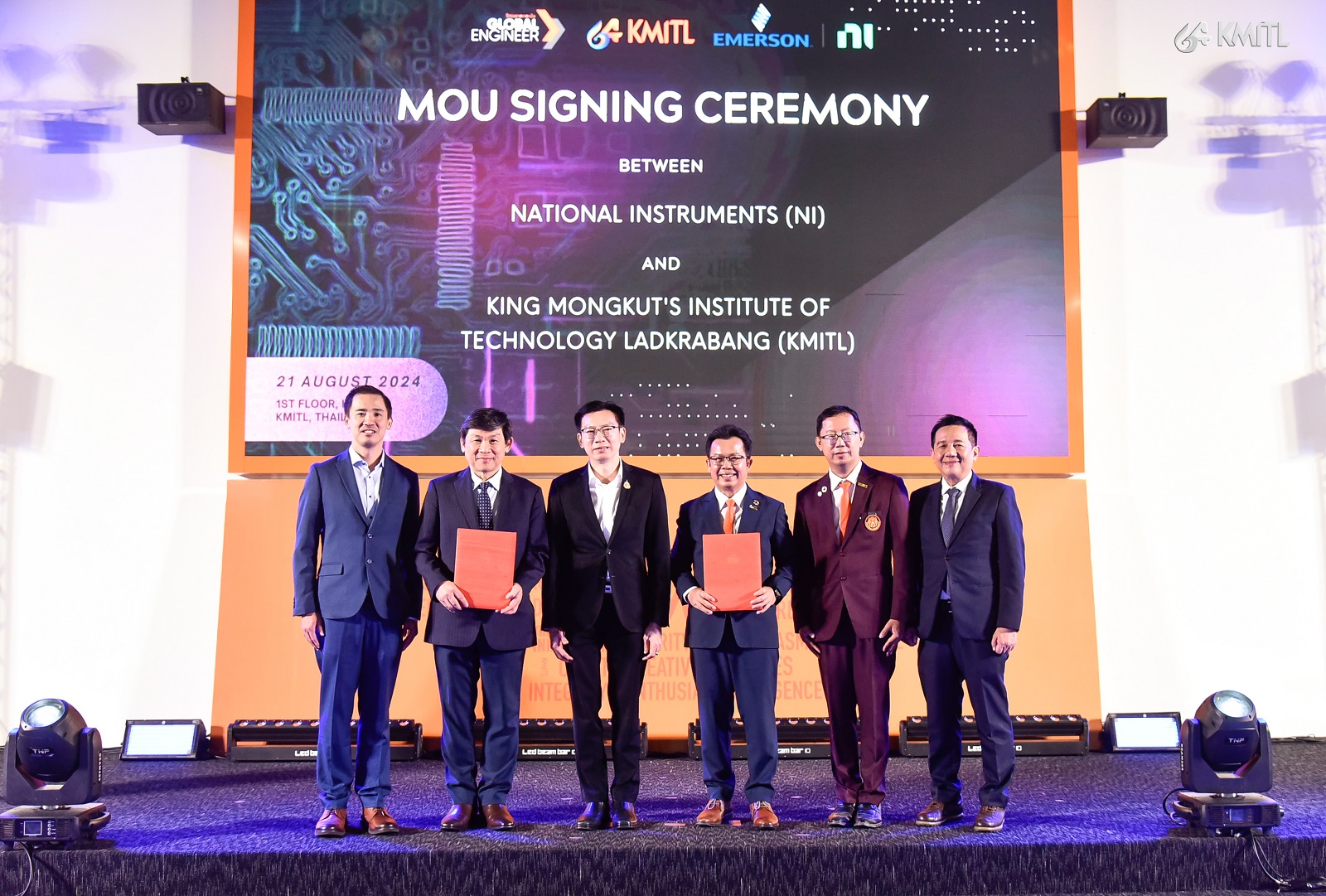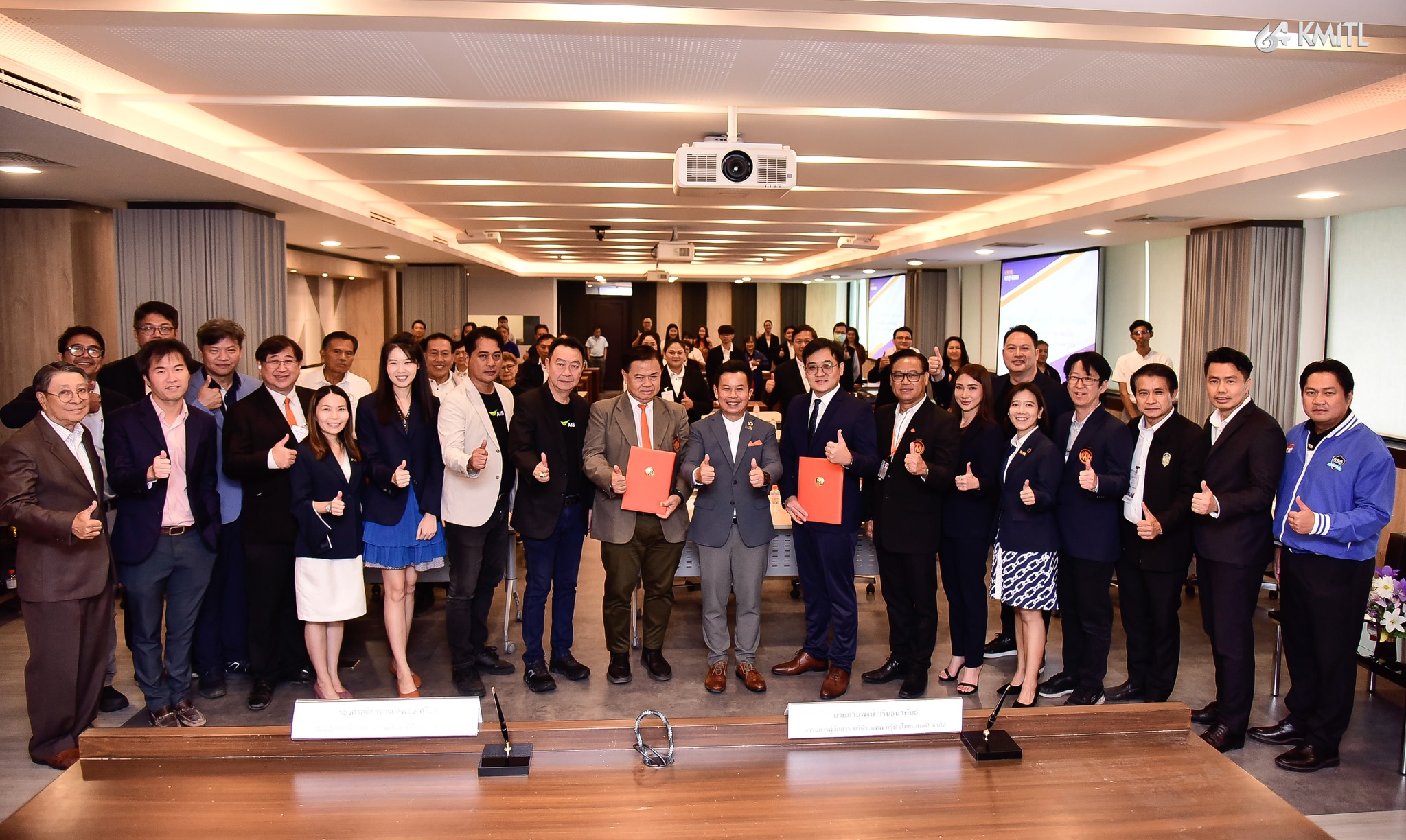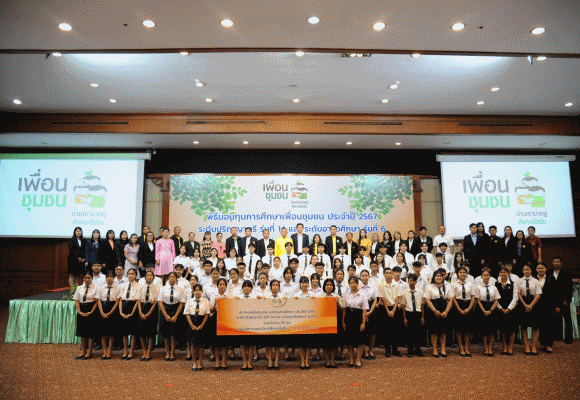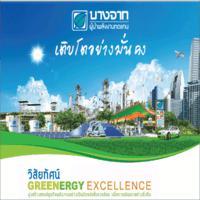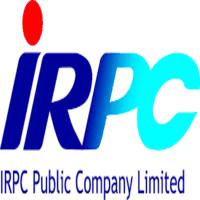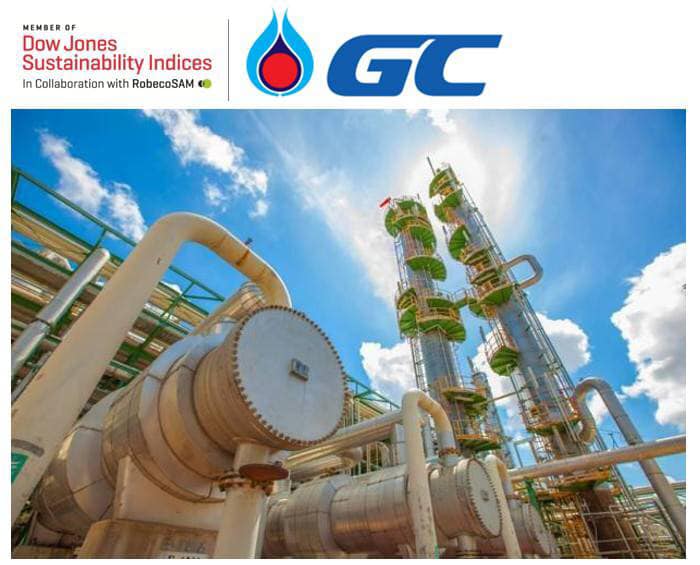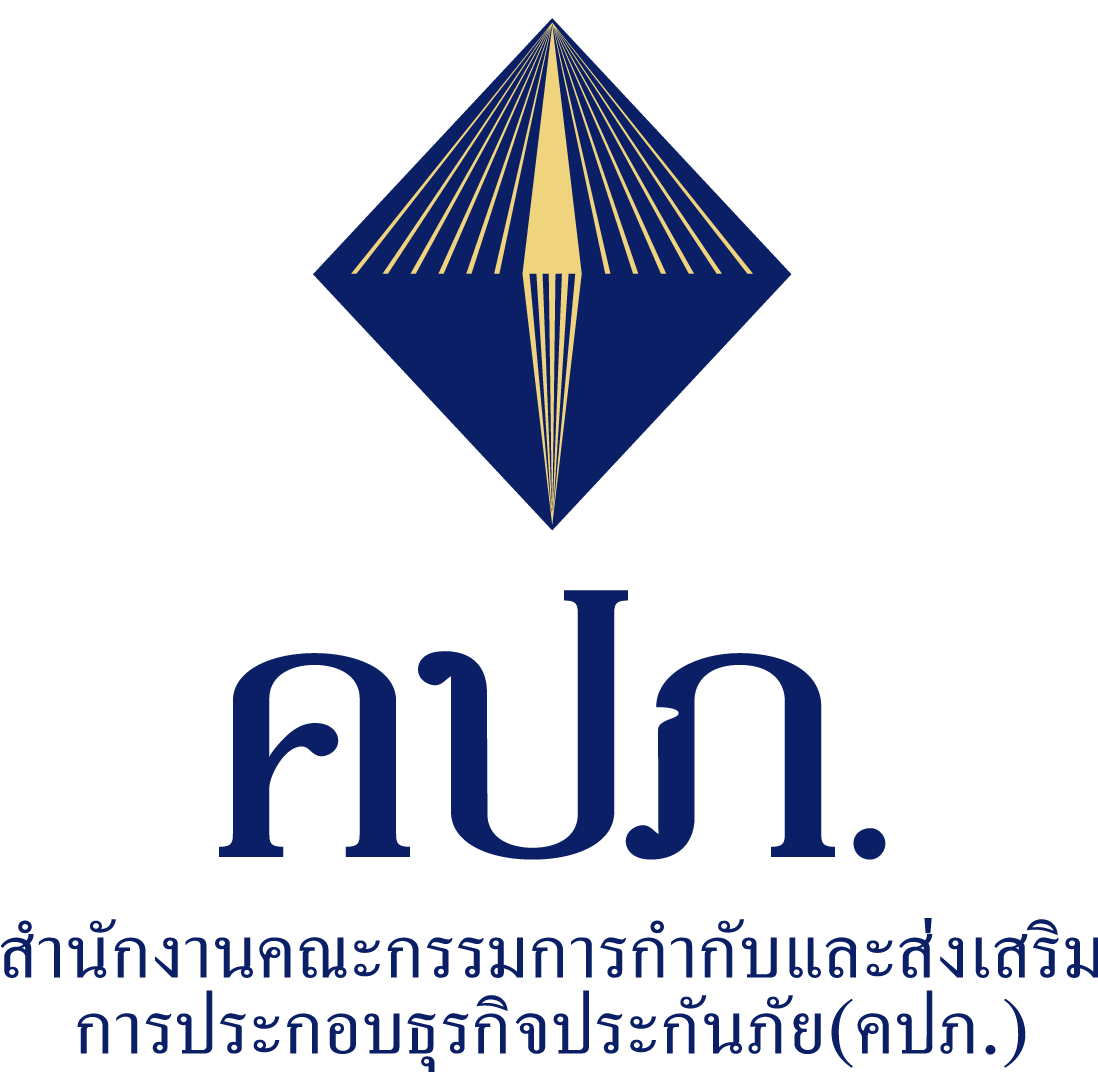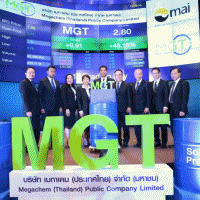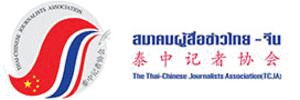- Details
- Category: พลังงาน
- Published: Monday, 10 July 2017 11:39
- Hits: 5322

ยูพีเอส เพิ่มเป้าการใช้ยานพาหนะพลังงานทดแทน เชื้อเพลิงทดแทน และพลังงานหมุนเวียนในปี 2568ตั้งเป้าหมายพื้นฐานทางวิทยาศาสตร์และจัดพิมพ์รายงานด้านความยั่งยืนขององค์กรทุกปี
ยูพีเอส ประกาศเป้าหมายด้านความยั่งยืนใหม่อันเข้มข้นในการเพิ่มจำนวนยานพาหนะที่ใช้พลังงานทดแทนและเทคโนโลยีล้ำสมัยในการขนส่ง พร้อมหันมาใช้แหล่งพลังงานหมุนเวียนในการดำเนินงานให้มากขึ้น เป้าหมายดังกล่าวซึ่งมีรายละเอียดใน รายงานด้านความยั่งยืนขององค์กรประจำปี 2559 สนับสนุนความมุ่งมั่นของยูพีเอสในการลดการปลดปล่อยก๊าซเรือนกระจกในการดำเนินงานภาคพื้นดินทั่วโลกให้ได้ 12% ภายในปี 2568 ซึ่งเป็นเป้าหมายที่วางขึ้นโดยใช้วิธีการที่ได้รับการอนุมัติจากโครงการเป้าหมายพื้นฐานทางวิทยาศาสตร์ (Science Based Targets initiative)
เดวิด แอ็บนีย์ ประธานและประธานเจ้าหน้าที่บริหาร ยูพีเอส กล่าวว่า “ด้วยขนาดธุรกิจของเรา เราทราบดีว่าความมุ่งมั่นของเราสามารถกำหนดทิศทางตลาด สร้างความก้าวหน้าทางเทคโนโลยี และช่วยผลักดันการลงทุนด้านโครงสร้างพื้นฐานได้ เราจึงตั้งความหวังไว้กับพนักงาน คู่ค้า และผู้ร่วมพัฒนาเทคโนโลยีของเราในการช่วยให้เราบรรลุเป้าหมายที่จะพลิกโฉมอุตสาหกรรมขนส่งและกระตุ้นให้เกิดการสร้างนวัตกรรม”
ยูพีเอส ตั้งเป้าที่จะให้ 25% ของกระแสไฟฟ้าที่ใช้ในองค์กรมาจากแหล่งพลังงานหมุนเวียนภายในปี 2568 ซึ่งเพิ่มขึ้นอย่างชัดเจนจากระดับ 0.2% ในปี 2559 นอกจากนั้น ในปี 2563 ยูพีเอสวางแผนว่าหนึ่งในสี่ของยานพาหนะใหม่ที่ซื้อในแต่ละปีต้องเป็นพาหนะที่ใช้พลังงานทดแทนและเทคโนโลยีล้ำสมัย เพิ่มขึ้นจาก 16% ในปี 2559 บริษัทยังตั้งเป้าหมายใหม่ที่จะให้ 40% ของพลังงานที่ใช้ในภาคพื้นดินทั้งหมดมาจากแหล่งที่ไม่ใช่น้ำมันเบนซินและดีเซลภายในปี 2563 เพิ่มขึ้นจาก 19.6% ในปี 2559
ปัจจุบัน ยูพีเอสใช้ยานพาหนะที่ใช้พลังงานทดแทนและเทคโนโลยีล้ำสมัยกว่า 8,300 คันทั่วโลก ขบวนพาหนะของบริษัทมีทั้งรถยนต์พลังงานไฟฟ้า ไฮบริดไฟฟ้า ไฮโดรลิกไฮบริด ก๊าซซีเอ็นจี ก๊าซแอลเอ็นจี ก๊าซโปรเพน และรถโครงสร้างคอมโพสิตน้ำหนักเบาประหยัดพลังงาน นอกจากการใช้รถยนต์พลังงานทดแทนแล้ว ยูพีเอสยังใช้น้ำมันดีเซลหมุนเวียนและก๊าซธรรมชาติหมุนเวียนซึ่งมีระดับคาร์บอนฟุตพรินต์ต่ำในขบวนพาหนะจำนวนหลายล้านแกลลอนในแต่ละปี
แนวคิดริเริ่มเหล่านี้ยืนยันถึงความมุ่งมั่นของยูพีเอสในการลดผลกระทบต่อสิ่งแวดล้อมแม้ในภาวะการเติบโตของการส่งสินค้าอีคอมเมอร์ซ ซึ่งส่งผลให้มีการใช้พลังงานเพิ่มขึ้นทั้งในการดำเนินการต่าง ๆ และในยานพาหนะขนส่ง
วิสัยทัศน์ของยูพีเอสสะท้อนให้เห็นภาพเครือข่ายโลจิสติกส์อัจฉริยะแห่งอนาคตซึ่งยานพาหนะและสถานที่ปฏิบัติงานต่าง ๆ ใช้เทคโนโลยีอันล้ำสมัยและขับเคลื่อนด้วยแหล่งพลังงานที่หลากหลายและยั่งยืน ไม่ว่าจะเป็นพลังงานแสงอาทิตย์ในพื้นที่ พลังงานลมจากที่อื่น ก๊าซธรรมชาติหมุนเวียน ไฮโดรเจนหมุนเวียน ดีเซลหมุนเวียนที่ส่งผ่านระบบสาธารณูปโภคด้านพลังงานที่ทันสมัย ซึ่งยูพีเอสได้เริ่มใช้เทคโนโลยีเหล่านี้แล้วในขบวนยานพาหนะและสถานที่ปฏิบัติงานภาคพื้นดินบางแห่ง และมีแผนที่จะใช้เพิ่มในอัตราที่สูงขึ้นอย่างชัดเจนในขบวนยานพาหนะทั่วโลก
ตั้งแต่ปี 2552 ยูพีเอสได้ลงทุนไปแล้วกว่า 750 ล้านดอลล่าร์ในด้านพาหนะที่ใช้พลังงานทดแทนและเทคโนโลยีล้ำสมัยและสถานีเชื้อเพลิงทั่วโลก บริษัทได้ใช้น้ำมันพลังงานทดแทนคาร์บอนต่ำในขบวนพาหนะภาคพื้นดินกว่า 97 ล้านแกลลอนในปี 2559 และเมื่อเร็ว ๆ นี้ได้ลงทุน 18 ล้านดอลล่าร์ในระบบพลังงานแสงอาทิตย์สำหรับใช้ในพื้นที่ในสถานปฎิบัติงาน 8 แห่ง ยูพีเอสใช้แนวทาง ห้องแล็บเคลื่อนที่ เพื่อประเมินว่าเชื้อเพลิงทดแทนและเทคโนโลยีพลังงานทดแทนประเภทใดมีความเหมาะสมที่สุดในแต่ละสถานการณ์ ตั้งแต่จักรยานรูปแบบดั้งเดิม จักรยานไฟฟ้า ไปจนถึงพลังงานไฟฟ้า ไฮบริดไฟฟ้า ก๊าซธรรมชาติ ก๊าซธรรมชาติหมุนเวียน ก๊าซโปรเพน และน้ำมันดีเซลหมุนเวียน ซึ่งยูพีเอสนำนวัตกรรมด้านความยั่งยืนมาใช้ให้เกิดผลอย่างเป็นรูปธรรมทั่วโลก
บุนเทียม ตัน กรรมการผู้จัดการ ยูพีเอส ประเทศไทย กล่าวว่า “ในประเทศไทย ความพยายามเพื่อสร้างความยั่งยืนของเรากำลังส่งผลดีที่ชัดเจน โดยตั้งแต่ปี 2553 เราได้สนับสนุนมูลนิธิราชพฤกษ์ในการปลูกต้นไม้ไปแล้วจำนวนกว่า 160,000 ต้น มูลนิธิราชพฤกษ์คือองค์กรไม่แสวงหาผลกำไรซึ่งมีจุดมุ่งหมายในการอนุรักษ์ทรัพยกรธรรมชาติและสิ่งแวดล้อมโดยส่งเสริมการปลูกต้นไม้และขยายพื้นที่ป่า นอกจากนี้ปัจจุบัน ยูพีเอส ประเทศไทย ยังมีการใช้ยานพาหนะที่ใช้ก๊าซซีเอ็นจีจำนวน 10 คัน ซึ่ง
ถือเป็นส่วนหนึ่งของขบวนพาหนะที่ใช้พลังงานทดแทนและเทคโนโลยีล้ำสมัยของยูพีเอสทั่วโลก และมีส่วนช่วยเสริมสร้างการขับขี่ที่สะอาดขึ้นในเมืองไทย”
นอกเหนือจากความพยายามในด้านสิ่งแวดล้อม ยูพีเอสยังได้วางเป้าหมายด้านกำลังคนและชุมชนในรายงานด้านความยั่งยืน ไม่ว่าจะเป็นความมุ่งมั่นที่จะให้พนักงานร่วมกิจกรรมสาธารณประโยชน์เป็นเวลารวม 20 ล้านชั่วโมงภายในสิ้นปี 2563 และได้ร่วมบริจาคผ่านมูลนิธิยูพีเอสเพื่อการกุศล ทั้งด้านการบรรเทาทุกข์และการสร้างความปลอดภัยในชุมชน เป็นจำนวนเงินรวม 127 ล้านดอลล่าร์ภายในปี 2563 โดยโครงการเหล่านี้มอบความช่วยเหลือแก่ชุมชนทั่วโลก รวมถึงการร่วมมือกับคู่ค้าต่าง ๆ เพื่อจัดส่งโลหิต ยา และวัคซีนสู่ชุมชนห่างไกล และการสนับสนุนองค์กรด้านบรรเทาทุกข์ต่าง ๆ
สำหรับ ข้อมูลเพิ่มเติมเกี่ยวกับแนวคิดริเริ่มเพื่อความยั่งยืนของยูพีเอส ค้นหาได้ที่ ups.com/sustainability สำหรับสื่อเพื่อการประชาสัมพันธ์อื่น ๆ เช่น บีโรล ภาพถ่าย วีดิโอ ฯลฯ ไปที่ pressroom.ups.com
เกี่ยวกับยูพีเอส
ยูพีเอส เป็นผู้นำระดับโลกในธุรกิจโลจิสติกส์ ด้วยโซลูชั่นต่าง ๆ ที่หลากหลายครบวงจรสำหรับการจัดส่งพัสดุภัณฑ์และคอนเทนเนอร์ บริการอำนวยความสะดวกสำหรับการค้าระหว่างประเทศ ตลอดจนการมุ่งใช้เทคโนโลยีที่ทันสมัยเพื่อการบริหารโลกของธุรกิจให้มีประสิทธิภาพยิ่งขึ้น ยูพีเอสมุ่งมั่นดำเนินธุรกิจเพื่อความยั่งยืน ทั้งต่อลูกค้า สิ่งแวดล้อม และชุมชนทั่วโลก โดยสามารถค้นหาข้อมูลเพิ่มเติมได้ที่ ups.com/sustainability ยูพีเอสมีสำนักงานใหญ่อยู่ที่เมืองแอตแลนต้า และให้บริการในกว่า 220 ประเทศและเขตการปกครองต่าง ๆ ทั่วโลก ข้อมูลต่าง ๆ เกี่ยวกับบริษัท สามารถค้นหาได้ที่เว็บไซต์ ups.com® และบล็อกขององค์กรที่ longitudes.ups.com หากต้องการรับข่าวสารจากยูพีเอส โปรดเข้าไปที่ Twitter @UPS_News
UPS COMMITS TO MORE ALTERNATIVE VEHICLES, FUEL AND RENEWABLE POWER BY 2025
Sets Science-Based Target and Publishes
Annual Corporate Sustainability Report
UPS (NYSE: UPS) today announced aggressive new sustainability goals to add more alternative fuel and advanced technology vehicles to its fleet while increasing its reliance on renewable energy sources. The goals, available in the company’s 2016 Corporate Sustainability Report, support UPS’s commitment to reduce its absolute greenhouse gas (GHG) emissions from global ground operations 12 percent by 2025, a goal developed using a methodology approved by the Science Based Targets initiative.
“Because of our size and scale, we know our commitments can shape markets, advance technologies and be a catalyst for infrastructure investments,” said David Abney, UPS Chairman and CEO. “We rely on the ingenuity of our employees, suppliers and technology partners to help us reach goals that will transform the shipping industry and spur innovation.”
UPS has a goal that 25 percent of the electricity it consumes will come from renewable energy sources by 2025, a dramatic increase from the 0.2 percent in 2016. In addition, by 2020 UPS plans that one in four new vehicles purchased annually will be an alternative fuel and advanced technology vehicle, up from 16 percent in 2016. The company also set a new goal that by 2025, 40 percent of all ground fuel will be from sources other than conventional gasoline and diesel, an increase from 19.6 percent in 2016.
UPS operates more than 8,300 alternative fuel and advanced technology vehicles worldwide. The company’s fleet includes electric, hybrid electric, hydraulic hybrid, compressed natural gas (CNG), liquefied natural gas (LNG), propane and lightweight fuel-saving composite body vehicles. In addition to its use of alternative vehicles, UPS uses millions of gallons of lower-carbon footprint renewable diesel and renewable natural gas (RNG) in its fleet each year.
These initiatives reinforce the company’s commitment to reducing its environmental impact despite growth in e-commerce deliveries, which are driving up energy used to operate facilities and power its vehicle fleet.
The UPS vision entails a future smart logistics network of advanced technology vehicles and facilities powered by more diverse and sustainable energy sources, including on-site solar, off-site wind, renewable natural gas, renewable hydrogen, and renewable diesel delivered via advanced energy system infrastructure. UPS already deploys many of these technologies in its ground fleet and facilities, and plans to significantly increase their use in its worldwide fleet.
Since 2009, UPS has invested more than $750 million in alternative fuel and advanced technology vehicles and fueling stations globally. The company used more than 97 million gallons of alternative and lower-carbon fuels in its ground fleet in 2016 and recently made an $18 million investment in on-site solar energy systems across eight facilities. UPS uses itsRolling Laboratory approach to determine which alternative fuels and technologies work best in each situation. From old-fashioned pedal power and electrically-assisted bicycles, to electric, hybrid electric, natural gas, renewable natural gas, propane and renewable diesel, UPS puts sustainability innovation into action, all over the world.
“In Thailand, our sustainability efforts are making an impact, led by the planting of more than 160,000 trees as part of our sponsorship since 2010 of the Rajapruek Institute Foundation,” said Boon Tiam Tan, Managing Director, UPS Thailand. “Rajapruek is a non-profit organization that conserves natural resources and the environment by increasing the number of trees and forest areas. UPS Thailand currently deploys 10 compressed natural gas (CNG) vehicles that are part of our global alternative fuel and advanced technology fleet. These vehicles help us to drive cleaner miles.”
In addition to its environmental efforts, UPS outlined in its Sustainability Report workforce and community goals, including its commitment to achieve 20 million volunteer hours by the end of 2020 and its pledge to donate $127 million in total charitable contributions in 2020, including humanitarian relief and community safety programs, through The UPS Foundation. The programs provide support to communities around the world, including UPS’s work with partners to deliver life-saving blood, medicines and vaccines to remote communities and its support of relief organizations.
To obtain more information on UPS’s sustainability initiatives, please visitups.com/sustainability. For media assets (photos, b-roll, infographics, etc.), please go topressroom.ups.com.
About UPS
UPS (NYSE: UPS) is a global leader in logistics, offering a broad range of solutions including transporting packages and freight; facilitating international trade, and deploying advanced technology to more efficiently manage the world of business. UPS is committed to operating more sustainably – for customers, the environment and the communities we serve around the world. Learn more about our efforts at ups.com/sustainability. Headquartered in Atlanta, UPS serves more than 220 countries and territories worldwide. The company can be found on the web at ups.com® orpressroom.ups.com and its corporate blog can be found atlongitudes.ups.com. To get UPS news direct, follow @UPS_News on Twitter.










